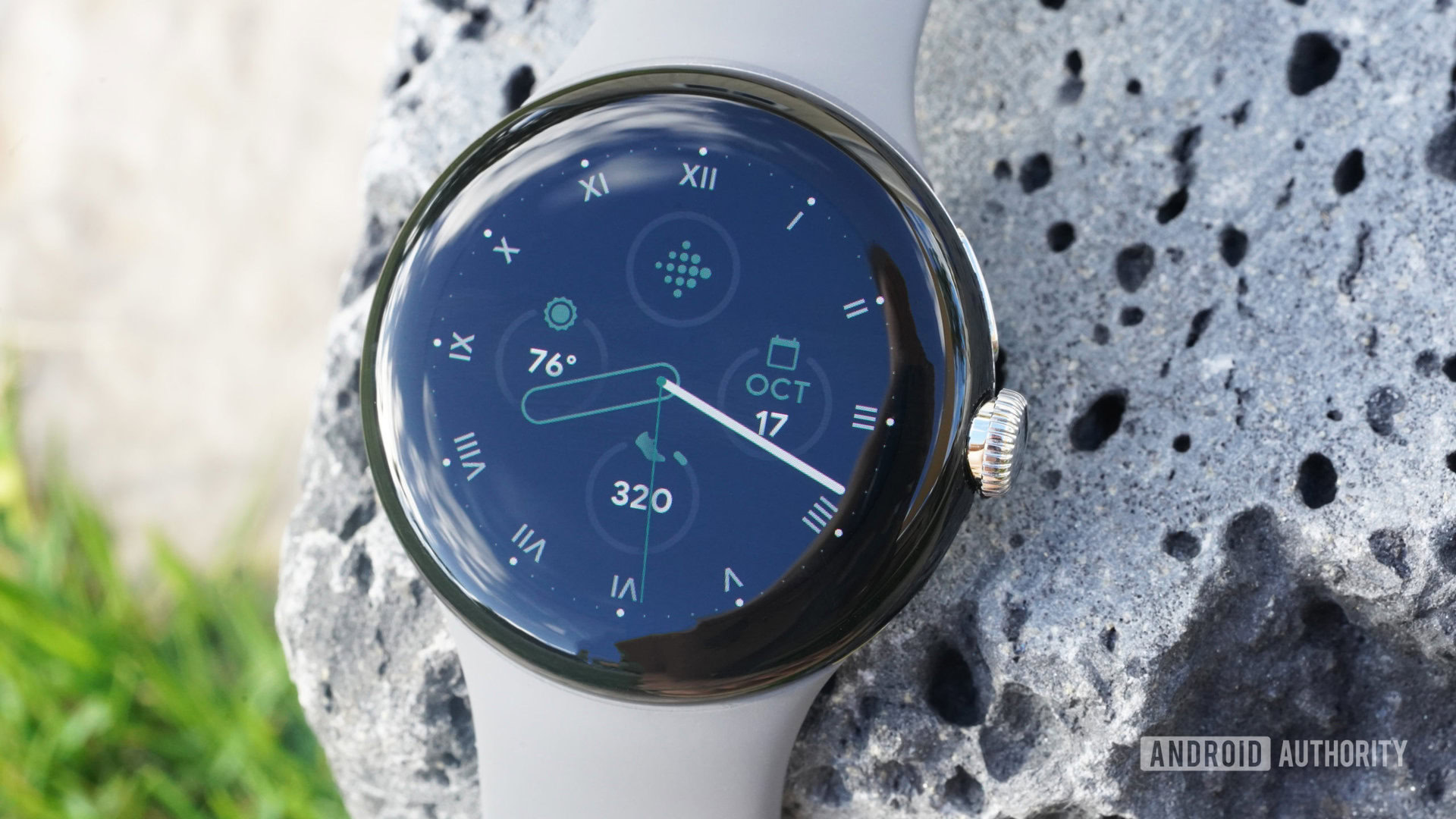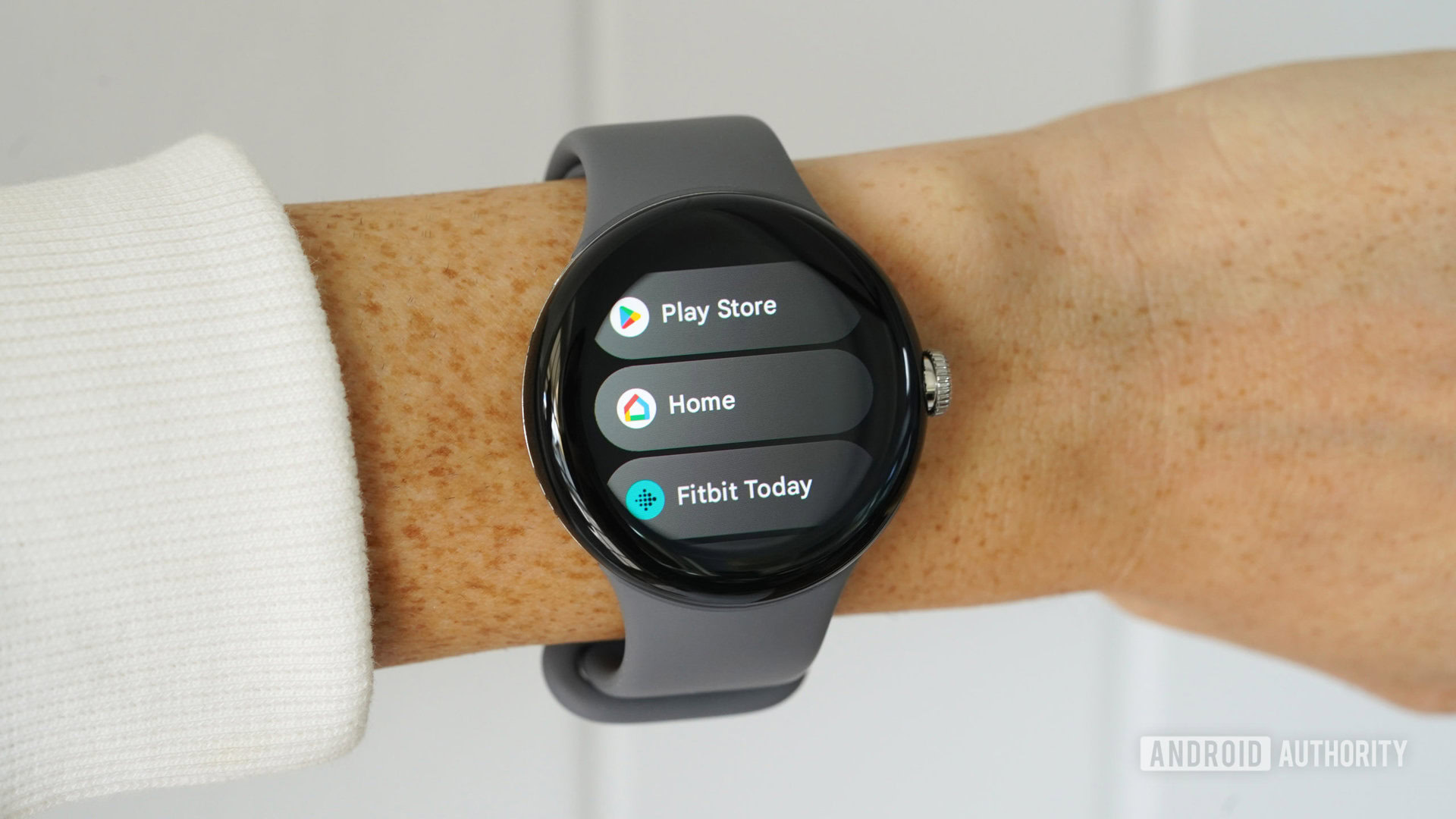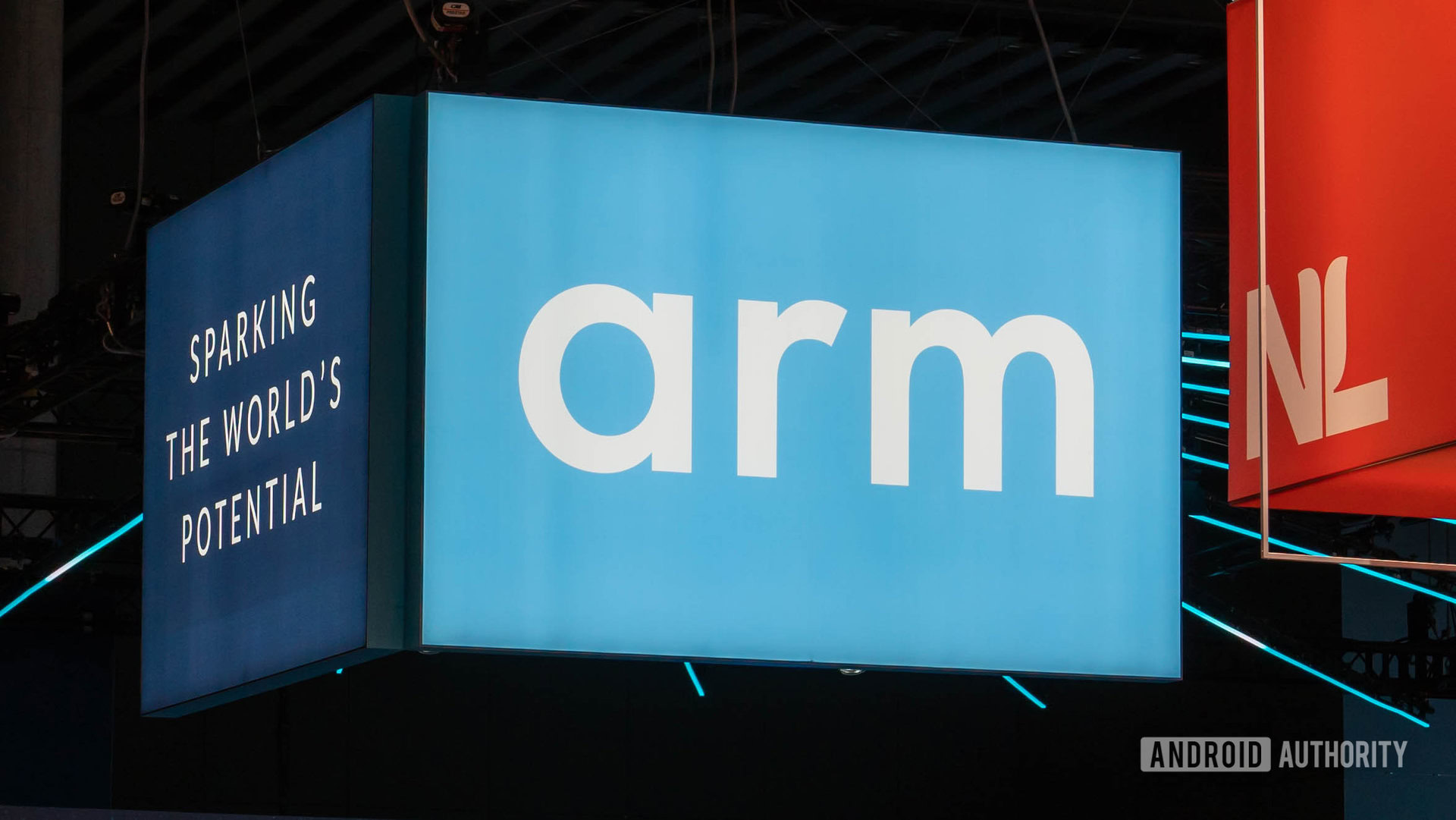Affiliate links on Android Authority may earn us a commission. Learn more.
Google and Qualcomm are preparing a fundamental change to Wear OS

- Qualcomm says it’s working on a new smartwatch chipset based on RISC-V.
- RISC-V is an open, alternative architecture to the current Arm architecture.
- The company says this new chip will power next-generation Wear OS watches.
Google recently announced the Pixel Watch 2, and the new watch is powered by Qualcomm’s Snapdragon W5 Gen 1 processor. However, the two companies have now announced a partnership that could change the foundation of smartwatches and more.
Qualcomm announced that it’s working with Google to develop a Snapdragon Wear chipset based on the RISC-V architecture. Furthermore, Qualcomm says this new processor will power “next-generation Wear OS solutions.”
The US chip designer added that its RISC-V Snapdragon Wear chipset would enable smartwatches with features like “custom cores, low power, and higher performance.”
Qualcomm also said that work was underway to make sure that apps and a “robust” software ecosystem are available when the first commercial Wear OS watches powered by RISC-V are released. It didn’t reveal a launch window for these first smartwatches.
It’s worth noting that we’ve previously seen RISC-V wearables being announced, but these have generally been limited to the likes of China and weren’t running Wear OS to begin with.
Why is this a big deal?

RISC-V is a rival to the Arm architecture which currently dominates the smartphone and smartwatch space. Indeed, virtually all smartphones and smartwatches use chips based on Arm’s architecture, while Apple’s latest Mac computers use them as well. In fact, you can also find Arm-based chips in smart home gadgets, many modern cars, and even the Nintendo Switch.
The Arm architecture is the brainchild of chip designer Arm, and companies wishing to build Arm-based chips need to pay for a license from the company. However, RISC-V is an open architecture, allowing anyone to freely build a custom processor.
The latest RISC-V chips still aren’t quite on par with flagship Arm-based processors when it comes to horsepower and features. But Qualcomm and Google’s smartwatch announcement suggests that the two companies feel RISC-V chips are ready for wearables. The open nature of the architecture should also result in cost savings that could potentially be passed on to consumers.
An insurance policy against Arm?

This Wear OS announcement comes after Google revealed in December 2022 that Android will officially support RISC-V. The platform holder also issued a roadmap of sorts at the time, while suggesting that it didn’t merely want Android on RISC-V to be a prototype.
RISC-V’s growing adoption also comes after reports that Arm was changing its licensing model for Arm-based chips going forward. The British chip kingpin was reportedly considering bypassing chip designers like Qualcomm, instead requiring device makers to pay royalties to use Arm-based silicon. These royalties would purportedly be calculated based on a device’s value.
So news of Qualcomm making RISC-V chips for Wear OS smartwatches certainly seems like a backup plan at the very least for the chip designer and device makers.